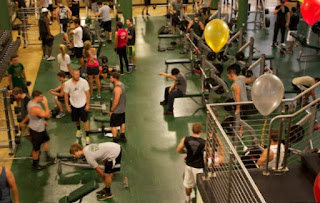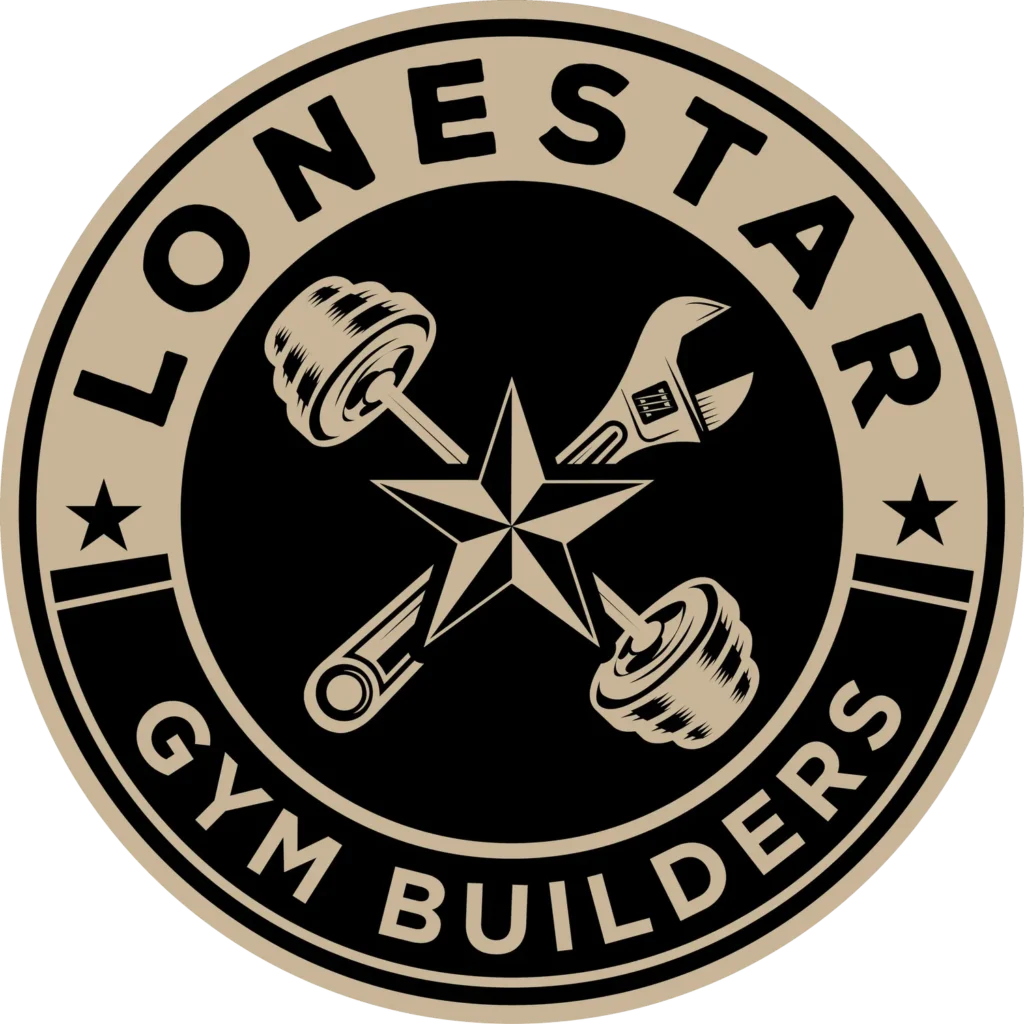Own your fitness. Don’t rent it.
There are times I send people a quote for their home gym and the first response is sticker shock. After everything adds up, a typical home gym can cost between $3-5k with installation. We are real people with bills like everyone else so it’s doesn’t miss us that this is quite a price tag. But one of the oldest sayings in the fitness world is “Invest in yourself!” And that is exactly what a home gym is, an investment. It is one of the few things that you can add to your home that has a actual potential return on investment and puts you in a better position to save money on future medical issues as you get older.
While a home gym is an upfront investment it starts paying for itself from the first time you grab a dumbbell and start working out.

No gym membership fees: This is perhaps the most obvious financial benefit of having a home gym. By owning your own equipment, you won’t have to pay monthly gym membership fees. This can add up to significant savings over time, especially if you’re someone who consistently works out and would be paying for a gym membership year-round. Don’t forget to factor in the processing and sign up fees that seem to sneak in with most commercial gyms. The average gym membership can be around $20 for the big globo-gyms. For more specialized or boutique style gyms it can be between $100-$200 per month. The lower cost gyms actually depend on people NOT SHOWING up! At $200 a month, your home gym can pay for itself in as little as 1-2 years. I don’t know of any other investment that has that kind of return.
Don’t forget your commute. Whether you live in a city like Austin where we are or even a rural area, most people don’t love next door to their gym. Adding an hour to your fitness routine just for the drive there and back makes it even tougher to fit that workout in. Time investment is huge because you don’t get that drive time back. You don’t get that hour with your significant other or kids back. Then there is the cost of the fuel. It adds up. In a rural area the drive can be even longer. Have you calculated those fuel costs? You might be surprised at that expense. You could spending more on gas than your membership. You can fuel yourself not your car. No more fighting over parking. Let your car have a rest day.
This one seems silly, but you end up saving money on specialized gym apparel and clothing. Going out in public puts a little pressure on us to dress or look a certain way. We might also want to invest in moisture wicking clothes to keep us from leaving a sweaty puddle behind us that we have to clean up. When you workout at home that old “Softball Jam 2013” t-shirt and cut off jogging pants work fine. We are just in there to get the work done and Captain Judgy Eyes is nowhere around. If you like your gym clothes style, a home gym is only going to give you more money to shop, but if you don’t want to have to dress up every time you have that freedom. Not to mention, that after workout shower leaves you with no fear of a foot fungus attack.
The home gym movement is has become the new kitchen remodel. Take it from us, a company that specializes in commercial and residential gym builds. People are transforming garages, media rooms, man caves, she sheds, and spare rooms into centers of health, wellness, and fitness everyday. We get calls 3 weeks before they close on the home to start planning it. They want this done almost the minute the key lands in their hands. Homes with unique features like gyms sell! In the event you sell your home and move, this is a feature that help you recoup almost the entire cost of the investment. Right now this is a contested thought seeing as not everyone is into fitness…yet. But here is one of many articles that would speak to the affirmative.
11 Little Ways to Ensure a Home Gym Increases Your Property’s Value
If you really want to invest in yourself and your fitness, a home gym is the way to go. We even offer financing. That would be like going to your gym and them telling you that after you pay 12 membership payments, then you are done and a member for life!
Here is math to help break this down. It is based on the assumption that the monthly gym membership is $100 and the commute is 20 minutes each way that might add up to about $50 per month in commute costs. This is against the assumption that someone buys a home gym that costs $4000 upfront.
$150 x 12 months x 5 years = $9,000
Assuming the commute to the gym and back takes 40 minutes (20 minutes each way), three times a week, for five years, the total time spent commuting to the gym would be:
40 minutes x 3 times a week x 52 weeks x 5 years = 31,200 minutes
This is equivalent to 520 hours or 21.7 days spent commuting to the gym over five years.
In terms of monetary value, we could estimate the cost of the time spent commuting based on an hourly rate. Assuming an hourly rate of $15, the cost of the time spent commuting to the gym over five years would be:
$15 x 520 hours = $7,800
Adding this cost to the total cost of the gym membership over five years, the total cost would be:
$9,000 + $7,800 = $16,800
In comparison, the cost of the home gym would be $4,000 upfront, with no ongoing membership or commute fees.
Using the same ROI formula as before, the ROI would be:
ROI = ((16,800 – 4,000) / 4,000) x 100
ROI = 320%
This means that the home gym would provide a return on investment of 320% over five years compared to a gym membership and commute fees. In other words, the initial investment of $4,000 would result in a savings of $12,800 over five years.
Of course, this calculation is based on several assumptions and estimates, and the actual costs and savings may vary depending on individual circumstances.




